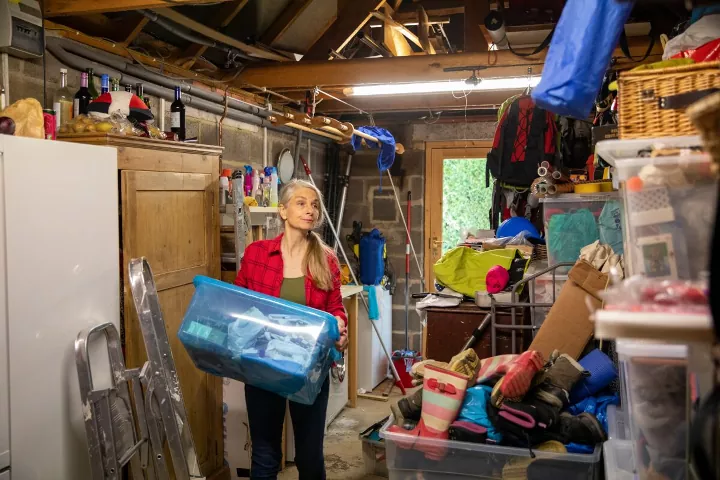Are you feeling overwhelmed by clutter and don’t know where to start? We’ve all been there. When faced with too much stuff, it can feel like an insurmountable task to clear it all away.
Decluttering your home doesn’t have to be a daunting experience. By breaking it down into manageable chunks, you can approach the challenge in a step-by-step manner that won’t leave you feeling overwhelmed or exhausted.
Read on to learn some practical tips that will help you transform your home from a hoarder to a minimalist!
Identifying Clutter
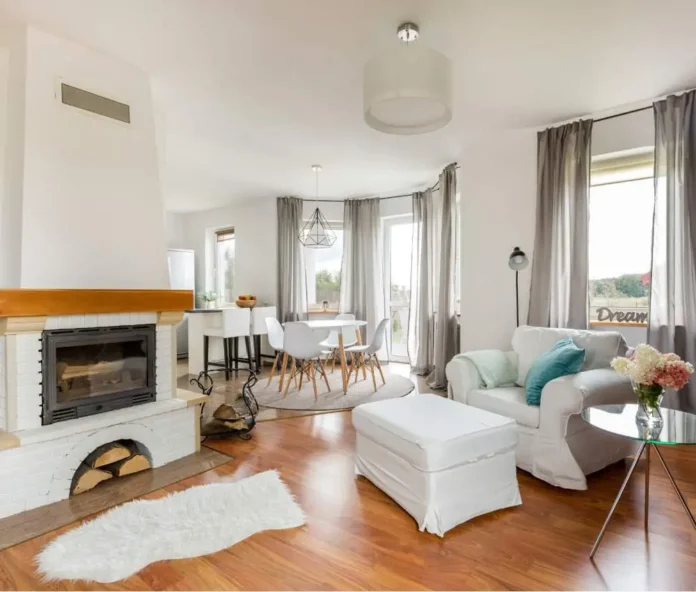
Clutter is anything that takes up space without any real purpose. Deciding what to keep and what to let go of can be overwhelming, so it’s important to break the process down and focus on one small area at a time. Start by determining which items could fit into three categories: stuff you love, stuff you use, and stuff you don’t need. This can help focus your decisions when evaluating each item in your home.
Strategies for Decluttering
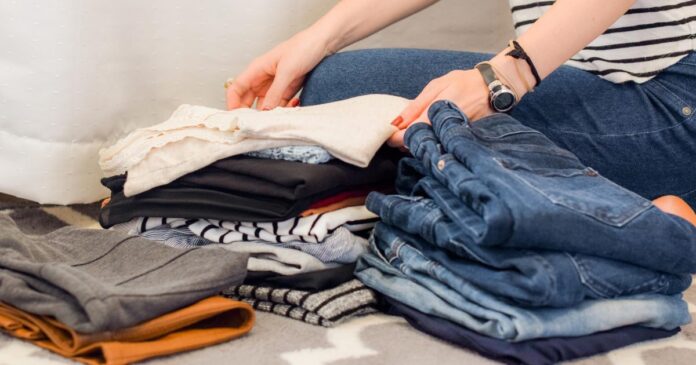
The next step is to create an action plan. Before deciding what to keep and what to let go of, take stock of current items and then sort them into categories. Ask yourself: a) Can you donate, sell or repurpose this item? b) Does it have an emotional significance? If so, decide if and where you want to store these items for safekeeping.
With an action plan and categories in place, making decisions about what to keep or discard during home declutter becomes easier. To remain motivated during this process, rearrange items from most wanted to least wanted after each decluttering session. This allows for easier decision-making for the next session when differentiating between what should stay or go no longer needs be weighed as heavily as before.
Organizational Tools
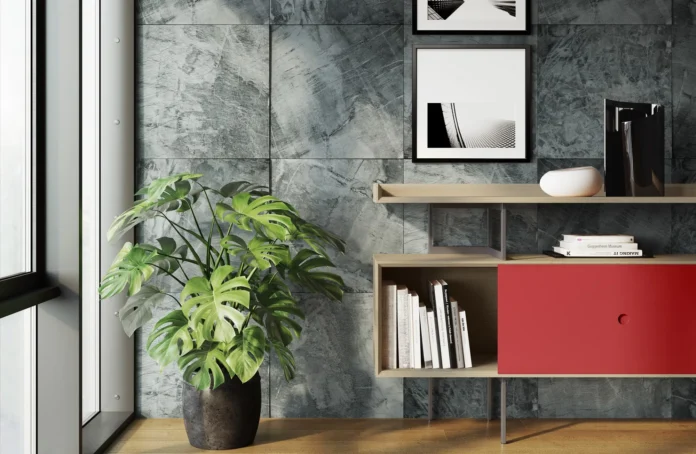
When looking for storage solutions to keep your home clutter-free, look for stackable items that can maximize limited space. Consider baskets, shelves, drawers, and bins to store items such as clothes, pantry goods, and holiday decorations.
For larger objects that don’t fit in drawers and shelves, look for storage solutions such as under-bed containers or dresser tops which can help you save floor space while keeping your belongings organized. Label drawers and containers to make searching easier if needed. Additionally, closet organizers can be used to keep clothing tidy and off the floor.
When selecting organizational tools, think about where each item should be stored or labeled so it’s easy to find when needed. Utilize vertical walls whenever possible by installing pegboards or shelves for frequently used items; this is a great way to open up crowded counter space without sacrificing easy access.
Magnetic strips are an invaluable tool for those who need quick access; you can hang these on the wall or fridge and use them to store knives or other kitchen equipment. You could also designate a specific spot in each room of your house where things belong; it’ll become second nature after some practice!
Maintenance Tips
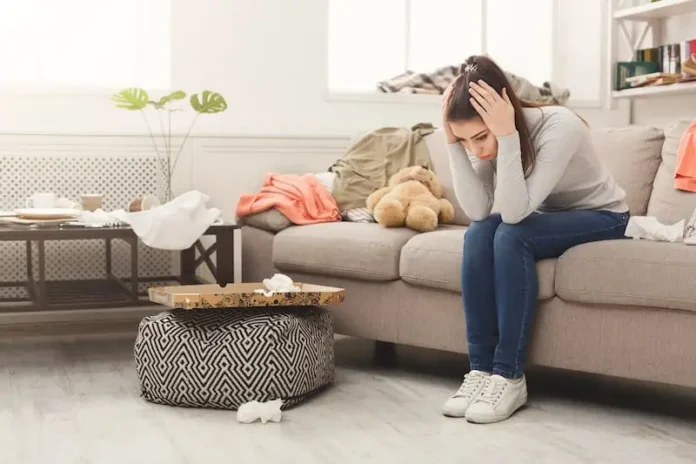
Making your way to a more minimal, clutter-free lifestyle is a rewarding endeavor. Once you reach your goal, it’s just as important to maintain it and avoid taking on too much “stuff” by committing to the following tips:
- Throw away any junk mail or flyers that come into the house. Most of the time, these items can easily be recycled and they don’t usually contain anything valuable enough to hang on to.
- Be aware of how much you are bringing into your house — be conscious of how often you shop or allow others to bring things in. Make sure these items are something that adds real value to your life otherwise say no or politely put them aside for donation/recycling sites.
- As much as possible, encourage digital solutions. Invest in cloud storage solutions instead of physical media like discs and hard drives; keep all papers (invoices, receipts, etc.) electronically; opt-out from mailing lists; and make use of mobile apps for tracking bills and bank statements).
- Practice decluttering regularly – once a month set aside some time for the elimination of any unnecessary items before they can become clutter in the house (eBay, Craigslist, consignment shops) – this helps avoid building up unnecessary collections over time which can be difficult when faced with getting rid of overall home clutter at once.
- Adopt the minimalist philosophy principle: only keep those things that bring joy in your life and add value – if something ceases adding value either through function or pleasure then let it go!
Why is decluttering good for you?
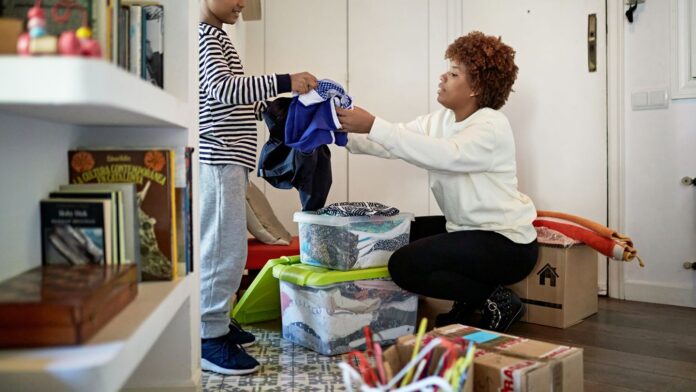
Decluttering your home can have a profound impact on how you feel and how you live. Cutting out the excess and reducing the items in your home to only what is necessary, meaningful, or useful, can have a positive effect on your day-to-day life. Some of these benefits include:
-Feeling less overwhelmed
Minimizing the number of things in your home eliminates the stress and anxiety that can come from clutter and chaos. You’ll be more organized and better able to stay focused on tasks without feeling distracted by all the surrounding mess.
-Reduces financial burden
Having fewer items means you are less likely to buy something unnecessary or duplicate purchases because they are easily lost in disorganization.
-Increases productivity
Spend less time searching for misplaced items in disarray and instead use that time to do something more productive or restful that contributes to overall well-being like reading a book or taking a walk outside.
Final Thoughts
Creating a minimalist lifestyle is an ongoing process. Even if you’ve already gone through the decluttering process and are proud of your successes, it’s important not to let things pile up again.
Start by implementing small habits into your daily life. Tidy up a room each day as part of your morning routine, or make sure to tackle one clutter spot a week. Find activities and affirmations that help motivate you to keep up with minimalism and give yourself permission to let go of items you no longer need.
When it comes down to it, minimalism is ultimately about creating a space that reflects who you are at this moment in time. By setting boundaries on what items come into your home and where they go, you can create an environment that helps support your values and intentions for life.
